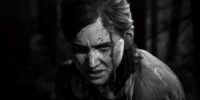Unlike America or Europe, the history of Australian cinema isn’t as heavily laden with the rich tradition of the horrific aspects of movies. It would exist for almost three-quarters of a century before any horror entries of note were even produced. The genre gained a little ground in the 1970s but movies such as Night of Fear (1973), Inn of The Damned (1975), and The Sabbat of the Black Cat (1973) went by mostly unnoticed with comedies of the era seeing far more success both critically and financially. It wasn’t until the Peter Weir directed Picnic at Hanging Rock (1975) that the genre would find some joy.
Weir would go on to find success with the likes of The Dead Poets Society and The Truman Show, but at this moment he found himself to be one of the forebearers of Australian horror. Weir’s arthouse style mystery lay the groundwork for the director’s next entry in the genre in 1977 with The Last Wave. The success of both Weir helmed pictures went a long way in giving the horror genre a little bit of a foothold and some much-needed credibility in the eyes of the Australian moviegoers.
If Peter Weir was the one responsible for the beginnings of the success of the genre, it was Antony I. Ginnane who undoubtedly took that baton going forward. Ginnane was an executive producer that was known for casting foreign actors with his goal being that of targetting a more international audience. Ginnane’s influence kicked off a sort of a short boom for the genre with movies like Patrick (1978), Snapshot (1978), Thirst (1979), Harlequin (1980), and Turkey Shoot (1982) all finding some level of success, but more so abroad than at home. This mini-resurgence in the genre was documented in the 2008 film Not Quite Hollywood, directed by Mark Hartley.
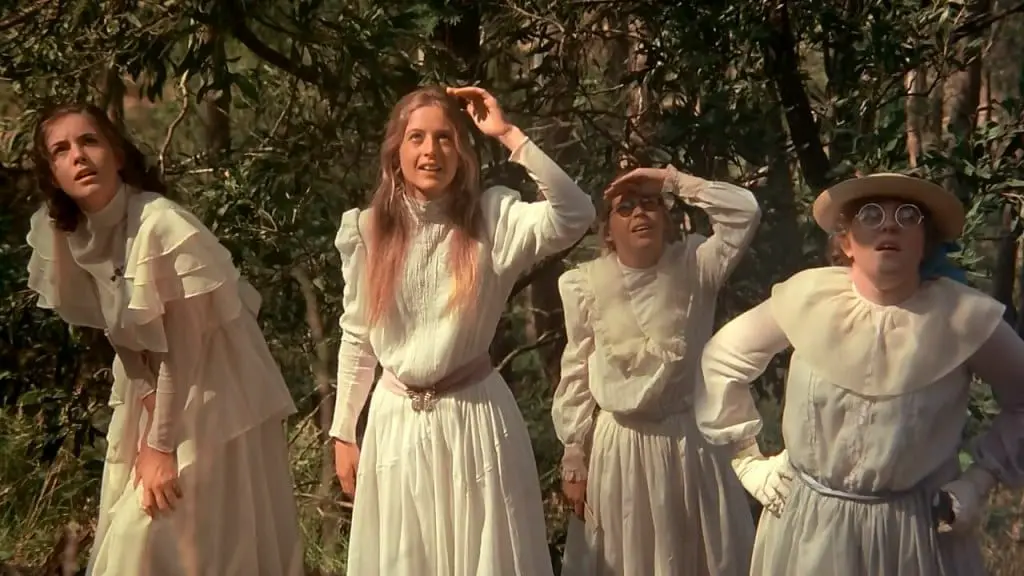
After Ginnanne’s successes in the late ’70s going on into the early ’80s, the following decade saw a real proliferation of the horror genre in Australia. Over the course of the 1980s, the monster horror subgenre became more prevalent, with 1987 being a banner year in terms of sheer volume, movies such as Dark Age (1987), Howling III: The Marsupials (1987), Outback Vampires (1987), Zombie Brigade (1987) all being released in that year. Although the quantity came in the latter part of the decade, the quality came three years before, in the 1984 entry Razorback.
Russell Mulcahy would later direct the first two entries in the Highlander series and helmed the piece about a man-eating boar, which is considered by many as the pinnacle of the monster subgenre in Australian horror. Almost four decades later it, remains a cult favorite among horror fans, not just domestically but also internationally. The darkly comedic tone and the style in which it was shot has allowed Razorback a longer life span than anyone would have initially expected upon its release. The rise of the monster subgenre is undoubted throughout the ’80s in Australian horror, but it wasn’t the only aspect of the genre that excelled during that decade.
During the ’80s, there was also a bevy of quality horror/thrillers that took center stage. Richard Franklin’s Roadgames (1981), starring Jamie Lee Curtis, helped pave the way for later entries such as Dead End Drive-In (1986) and Dead Calm (1989), starring Sam Neill, Nicole Kidman, and Billy Zane. The latter of the movies, Dead Calm, was well received and saw some success in the box office. Although the decade finished strong for the genre, it would not be an indicator of future success. If the ’80s was the feast for Australian horror, then the ’90s was surely the famine.
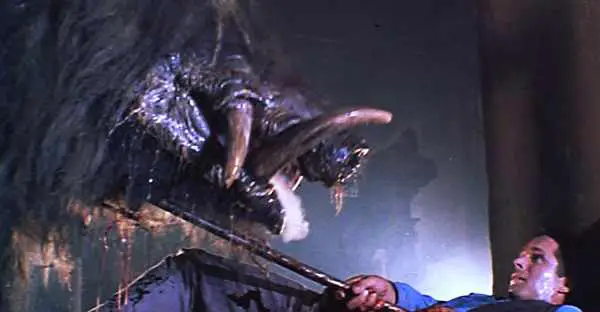
As with many things in life, peaks are oftentimes followed by steep valleys. The decade of the ’90s saw little of note coming out of the southern hemisphere in terms of high-quality horror with the only exception being maybe the suburban splatter fest Body from 1993. Unfortunately, the following years were a real barren spell for the genre, but then in the 2000s, there was a real uptick for horror in Australian cinemas. This uptick began in the year 2000 with the Scream inspired parody Cut, starring Kylie Minogue and Molly Ringwald.
After this early success in the decade, three years later, the Spierig brothers would make their directorial debut with the horror-comedy Undead. The brotherly pairing would also share the directorial duties on the Ethan Hawke led vampire-centric Daybreakers (2009). They would continue their careers in the genre, teaming up again with Ethan Hawke in the American produced Predestination in 2014 and following it up four years later with another U.S backed movie Winchester, starring Helen Mirren.
The success of the Spierig brothers was a definite highlight of the 2000s for Australian horror, but it was the Greg McLean directed pair of Wolf Creek movies that would be the real pinnacle for the genre for that decade. The first of the two Wolf Creek movies came in the year 2005 and saw the birth of the most iconic of all Australian horror villains, that being Mick Taylor with John Jarratt in the role. Not any of the preceding entries in the genre were able to bring out a legendary villain in the ways numerous American horror franchises did but Wolf Creek was different in this regard.
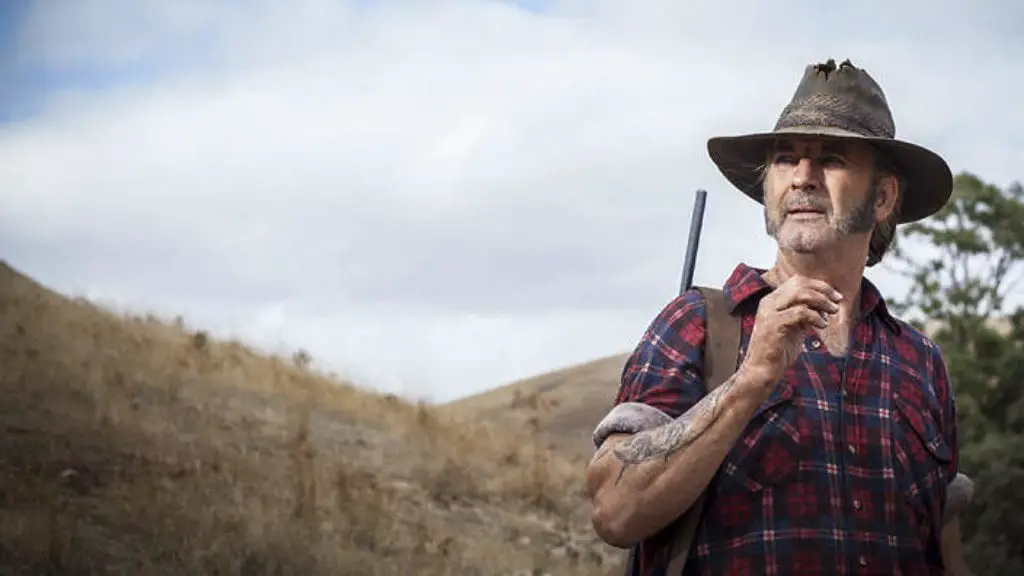
John Jarratt’s turn was so menacing, so real, and so brutal that it has allowed him to take his place amongst some of the other most frightening horror movie villains in the history of the genre. As I mentioned, the 2005 entry spawned a sequel, which was released three years later in 2008 with a much-increased budget and a closer glimpse into the depths of the bushman’s depravity. The success of this unlikely franchise did not end here. It would also branch out and expand into a TV series, spanning two seasons with Jarratt taking up the role again with great effect.
The renaissance of the genre in the 2000s didn’t stop with the achievements of the Spierig brothers or Greg McLean. 2007 saw the release and the return to the monster subgenre with Black Water, a very well-crafted survival horror. Then in successive years, first in 2008, Lake Mungo hit theaters. The found-footage style horror about a haunting gave everyone the chance to see the diversity of the genre in the region. Following that in 2009, The Loved Ones blew everyone away with its intensity and gore. The violence on display was more akin to that of the American slasher movies.
Although there was an incredible array of quality horror movies sprouting up all over the Australian continent, it was an export that was its real success story. That export was the filmmaking duo Leigh Whannell and James Wan. The pair brought with them a short movie and a script that would be the inspiration that would spawn the Saw franchise. The two have gone on to have major success in the genre. They not only created a series of Saw movies that has its ninth installment on the horizon in the Chris Rock led Spiral, but they were also behind both the Insidious franchise and The Conjuring universe. The latter of the two has expanded to include many spin-offs, incorporating the likes of The Nun and the Annabelle trilogy into its shared mythology.
With the continued success abroad for both Whannell and Wan, the two forever cementing their places in the history of horror, it was back at home in Australia that a debutant filmmaker would have the spotlight shun upon her. That filmmaker was Jennifer Kent and the film was the 2014 psychological assault The Babadook. The story that is centered around loss and the ramification it has on one’s mental wellbeing is so excellently done. It was original, unique and keeps you guessing throughout. Even though it saw most of its financial success at the international box office, it garnered Kent the Best Picture award back at home.
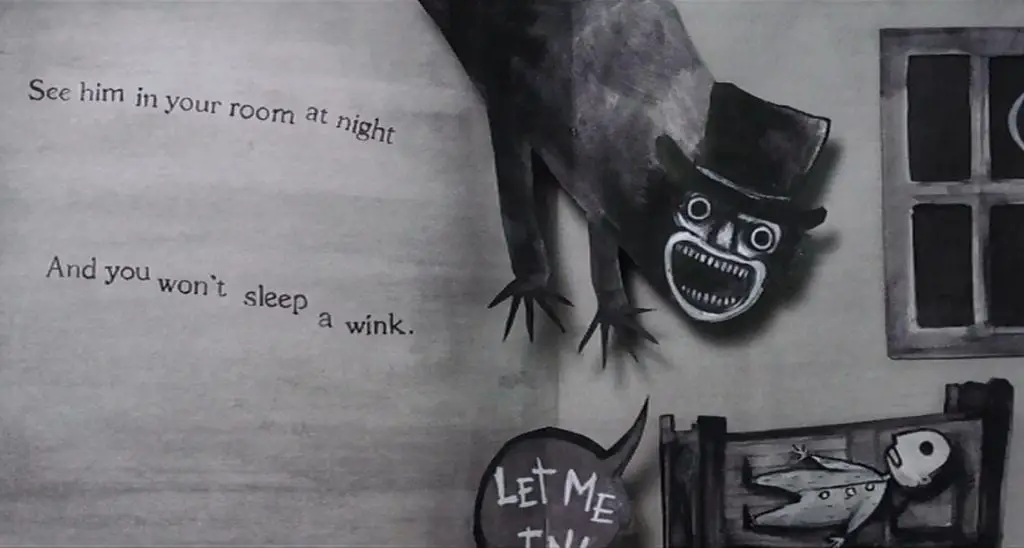
The Babadook was another important step for the genre in Australia. It allowed people a chance to see the different layers and their ability to wrap up nuisance storytelling along with the scares. Then this evolution continued with a personal favorite of mine in the shape of the 2018 post-apocalyptic horror movie Cargo. Martin Freeman led this unique zombie movie, set entirely against the backdrop of the Australian outback, centered around one man’s race against time and infection to get his baby daughter to safety. It is a beautifully acted and shot picture with Martin Freeman excelling like he always does.
The evolution of the genre within Australia continues at a rapid pace. It has grown and come in leaps and bounds over the decades, but throughout the years there has been one constant for many of the films that I have mentioned in this article and that is the outback. Although Mick Taylor and Mister Bababdook are the stuff of our worst nightmares, it is the harshness of the Australian terrain that is more often than not the real obstacle that any protagonist of an Australian horror has to face. The vastness and the isolation of the continental wilderness that fills the majority of the heart of Australia make them some of the most unwelcoming terrains that planet Earth has to offer.
It is this unique oneness with its surrounding that gives Australian horror its own specific aesthetics. That sense of isolation never seems more profound than when looking out on the unforgiving emptiness of the landscape itself. The outback’s vastness is filled with so many terrifying unknowns, if the elements or the wildlife don’t get you then whatever else that lurks out there might. It is this blend that gives the outback this strange allure, one that excites every bit as much as it scares the wits out of us. I think that it is this fascination with the mysteries that are contained within this seemingly inhospitable place that will help it continue to be a breeding ground for countless horrific tales for many generations to come.
Looking for more on Australian horror? We’ve got you:
“Six Australian Stories of Introspection in Deadhouse Dark”

